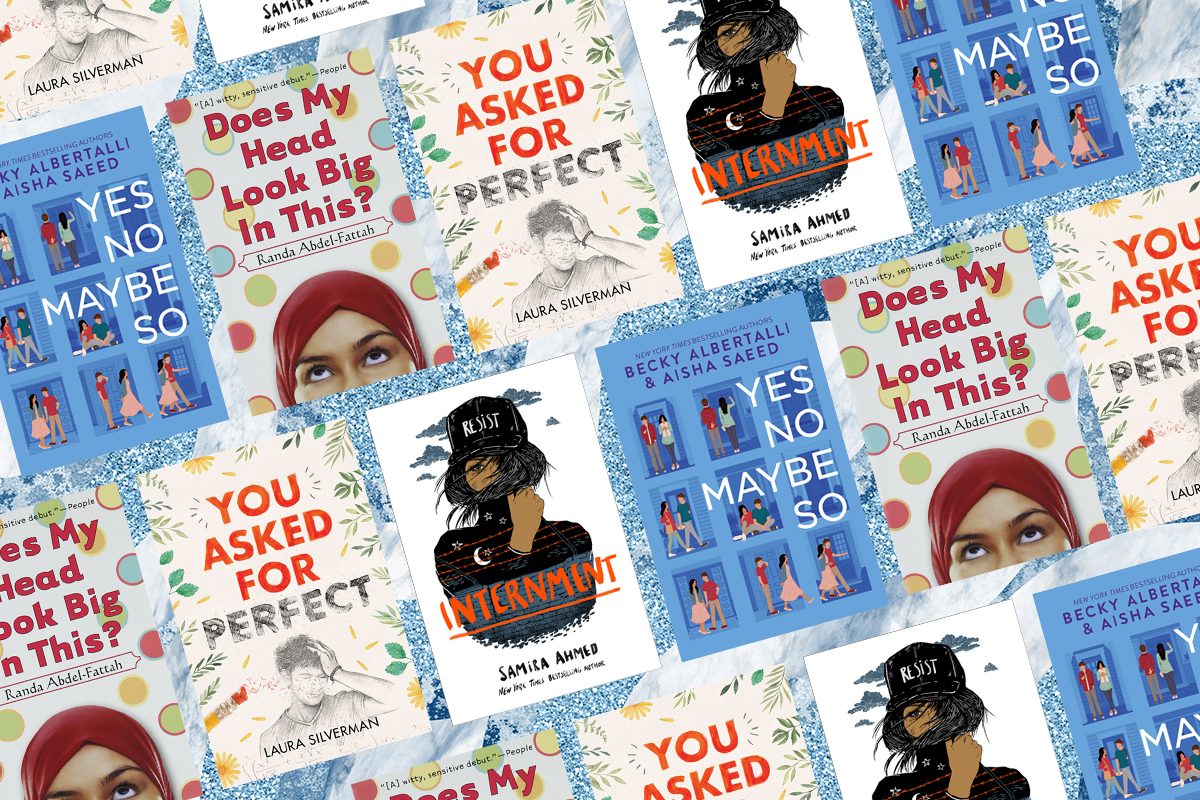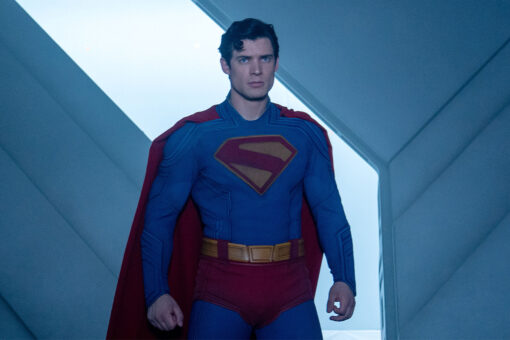In an interview with Hadassah Magazine in 2015, Judy Blume said Jewish children “enjoy finding books that are not about Jews in the Holocaust or other hard times but focus instead on characters who are like themselves and about families that sound like their own.” So, for my master’s dissertation, I sought out books featuring Jewish characters that were not about the Holocaust or other traumatic times in Jewish history.
I was faced with one problem: I couldn’t find that many. Consequently, I did what any literature student would do: I read, and I read a lot. In doing so, I discovered four books that featured not just Jewish characters, but Jewish and Muslim characters. Not only were the characters interacting with each other, but they were friends. These characters demonstrated a level of cross-cultural exchange I had never seen nor experienced before.
When most people think of Jews and Muslims together, they do so in light of the Israeli-Palestinian conflict and other tensions in the Middle East. Yet, here were four examples of popular YA books that featured Jewish-Muslim relationships, both romantic and platonic. As Becky Albertalli, one of the authors who co-wrote one of the books featured below, told Publisher’s Weekly, “Jewish and Muslim communities are often deeply connected. We’re too often pitted against each other.” Her words take on even greater meaning when one looks at the facts: antisemitic and Islamophobic sentiments are on the rise across the Western world.
So, here are four books for anyone who wants to read about Jewish and Muslim characters…
Does My Head Look Big in This? by Randa Abdel-Fattah
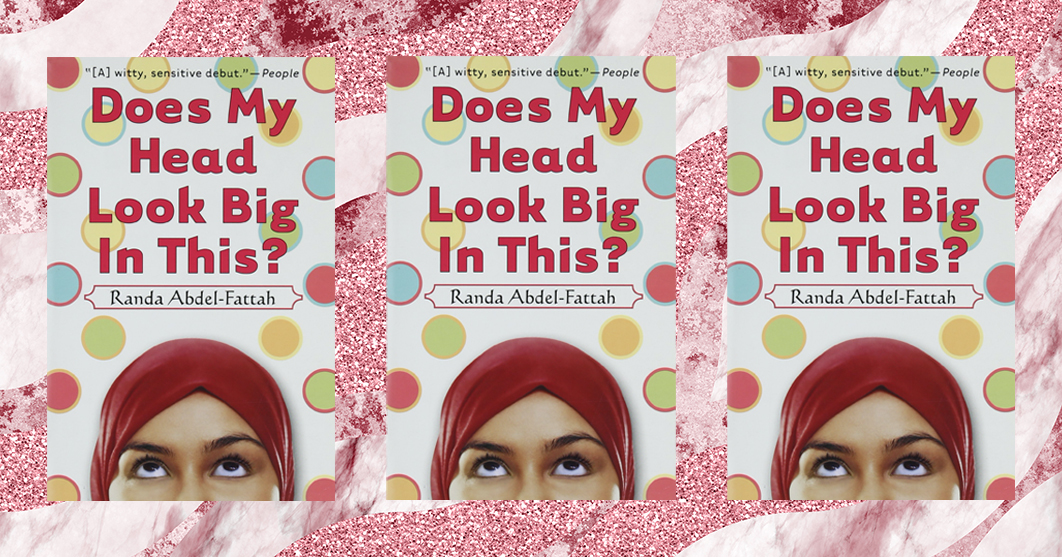
First published in Australia in 2006, this book is firmly in the post-9/11 genre. The story follows Amal, a teenage girl who decides to wear a hijab for the first time. After donning the garment, she has to navigate a society that doesn’t understand her choice. She makes a point that the only people who do not question her decision are her close friends and her classmate Josh. Amal explains, “Josh’s Jewish… Orthodox Jewish women also cover their hair and there are tons more things that are similar with our faiths.”
Amal’s observation is twofold. First, she uses Judaism to help readers grasp her decision. Islam isn’t the only religion where women cover themselves. Secondly, she establishes a connection between the two faiths. In connecting them, she associates her experiences and her faith with that of the Jewish experience and faith.
9/11 and the ensuing rise in Islamophobia helped propel the success of Does My Head Look Big in This? Sadly, it still feels just as relevant in 2020.
Yes No Maybe So by Aisha Saeed and Becky Albertalli
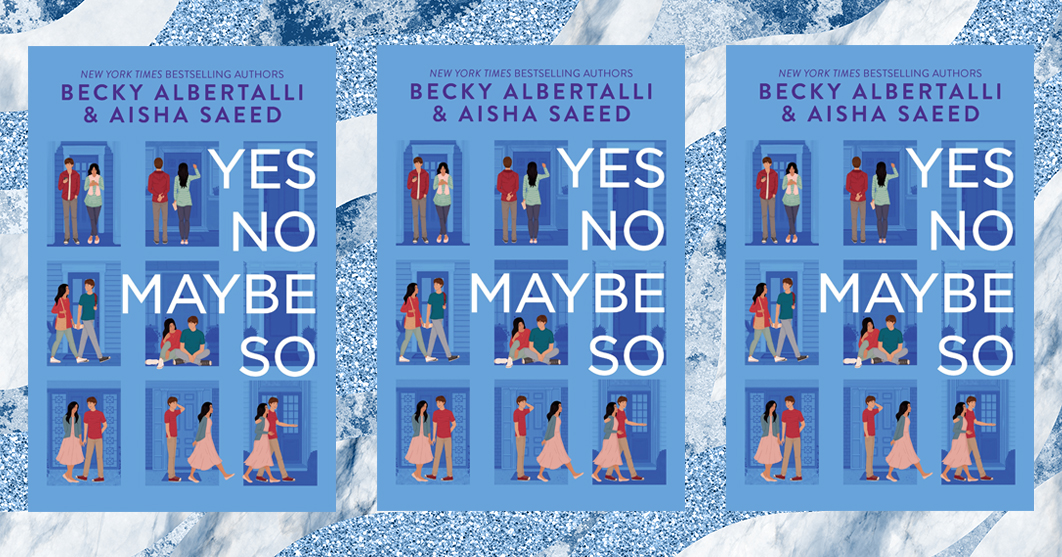
Saeed and Albertalli directly take on antisemitism and Islamophobia in their joint novel published in 2020. The book switches perspectives between Jamie, who’s Jewish, and Maya, who’s Muslim. Their relationship grows as they spend the summer canvassing for a local election. During their time together, both individuals are targeted due to their faith. Maya, a Pakistani American Muslim, is verbally attacked by one of the individuals the two speak with due to how she looks, and an antisemitic sticker is put on Jamie’s car.
The bond that forms between the two eventually turns romantic — obviously, it’s a YA book after all. I won’t spoil the end, but both their mothers state the obvious: They come from different worlds.
Despite their different religions, the two are able to develop a deeper connection built on mutual friendship and experience. Saeed and Albertalli do what they set out to accomplish: They craft a narrative that lives in a world with rising antisemitic and Islamophobic sentiments, and they transcend the presumed religious barriers apparent in the popular imagination.
Internment by Samira Ahmed

Published in 2019, this is a counterfactual novel linked to the 2016 election. In the book, Muslims are sent to internment camps, and the novel follows Layla as she and her family are sent to one. While Ahmed does not actually confirm that the camp is modeled after a Nazi concentration camp, the parallels are too obvious to miss. Layla focuses on the similarities between the camp she’s sent to and the Japanese internment camps in WWII.
What stands out, though, is that Layla’s boyfriend, David, is Jewish. He comes from a history of persecution; his father is an Ashkenazi Jew and his mother is a Yemeni Jew. Yet, his character is not the one targeted; instead, throughout the novel he works to free Layla and the other internees. In doing so, Ahmed inverts the Holocaust narrative: David is the hero who helps liberate the camp rather being the one who needs to be liberated.
You Asked for Perfect by Laura Silverman
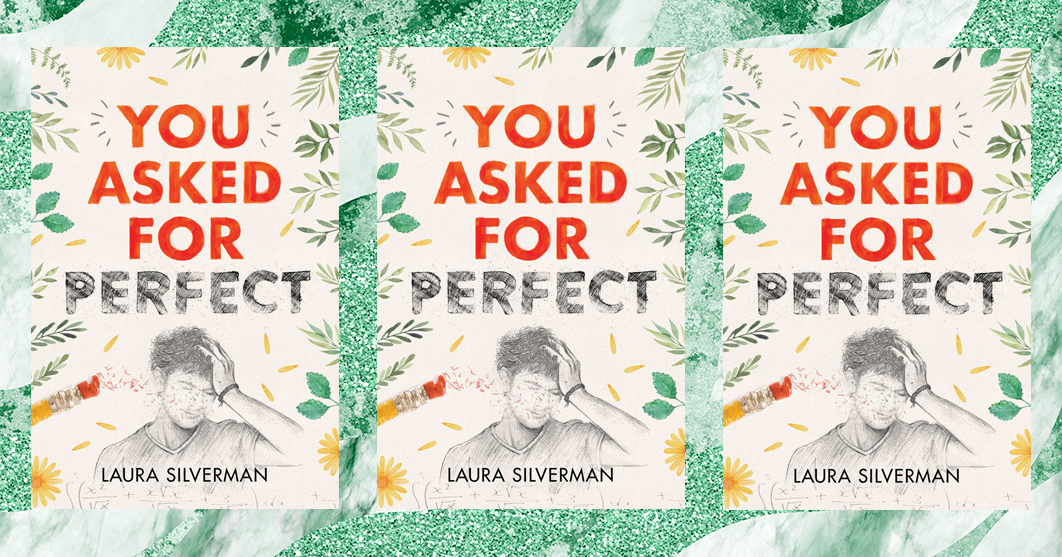
This is a quintessential coming-of-age YA novel, published in 2019. The story follows Ariel, a Jewish teen, as he fights for valedictorian all while falling for Amir, the Muslim son of family friends. The book is peppered with Yiddish, Jewish customs, Jewish names, and Jewish foods. And unlike the characters in the other three novels on this list, Ariel and Amir are never challenged: Their religion and sexuality are completely accepted. In doing so, Silverman sets up a narrative where the two individuals can co-exist totally peacefully, and they’re relationship is encouraged by those around them.
Tensions between Jews and Muslims are non-existent, and that’s where the book’s brilliance lies. Silverman shatters the “popular imagination” and in doing so, brings the ideal, imagined space into reality.
Header image design by Emily Burack.
This post contains affiliate links, which means we may receive a commission if you click a link and purchase something that we have linked to. While clicking these links won’t cost you any extra money, they will help us keep this site up and running. Thanks!
